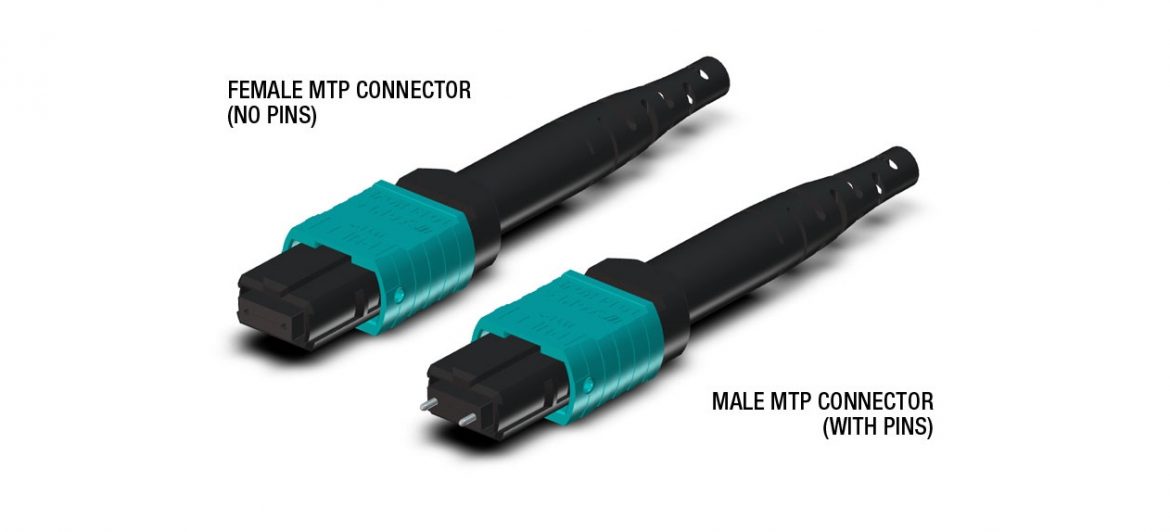The truth is that installing a fiber can be tasking. This is especially true when you have to look for the right connector to get the job done. Having some issues understanding the various types of fiber connectors?
Fortunately for you, we’ve got you covered. Let’s start at the top.
Understanding Fiber connectors
The best way to describe a fiber connector is a termination point. This is what allows you to connect two fiber cables quickly to each other. This is also the point where these fiber cables can be disconnected.
For many fiber connectors, using a spring-loaded process is key. This allows for the two cables to always be in contact with one another. This helps to keep the pulse steady and flowing at all times.
That’s not all.
The fiber connectors also help to reduce the air gaps which might exist within connectors. What does the presence of an air gap do? The air gap reduces the ability of light transmission to travel from one point to another. Thus, each fiber will be robbed of the necessary light transmission to work properly.
Types of Fiber Connectors
Now that we know how MPO fiber connectors work, let’s take a look at the main parts of fiber connectors. Usually, they can be divided into three parts.
They include;
- The body
- Ferrules
- The boot
They are so many types of fiber connectors. To get a good grasp of how they work, let’s consider some of them in closer detail.
ST fiber connector
These fiber connectors are often known as the traditional connectors. They usually make use of a ferrule that is about 2.5mm. You can find the ST connectors in most applications that use various modes.
One of the biggest benefits of the ST fiber connector is that the installation process is fairly straightforward. Another benefit is that it’s really affordable. However, it is often less efficient than other fiber connectors.
It is also not as well balanced as other fiber connectors.
FC Fiber connectors
The type of MPO fiber connector is very similar to the one mentioned above. It also uses a ferrule that is about 25mm. this fiber connector helps to keep the connector stable and balanced at all times, unlike its counterparts.
However, threading the fiber connector to give the desired connection might be a bit difficult. This is especially true if you have so many connectors in a single receptacle.
There are other types of fiber connectors worth considering. This includes the LC, SC, and MPO connectors.
Among the others, the MPO really stands out. It has a very high-performance level when compared with other fiber connectors. For most professionals, it is often seen as the perfect option for connecting two cables.
The best part is that the MPO fiber connector is easy to find and buy.
Final Thoughts.
Knowing the various types of fiber connectors will ensure you make the right decision at the end of the day.
